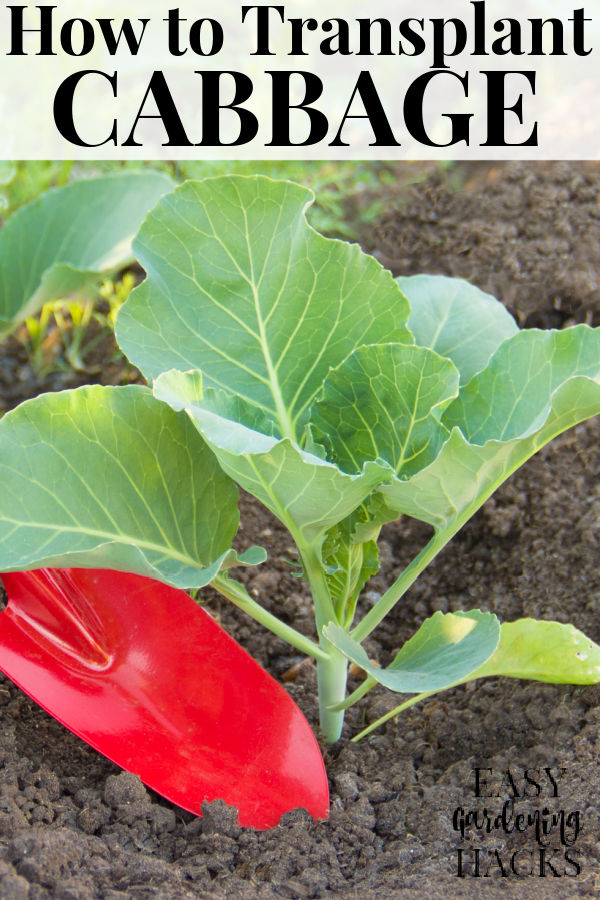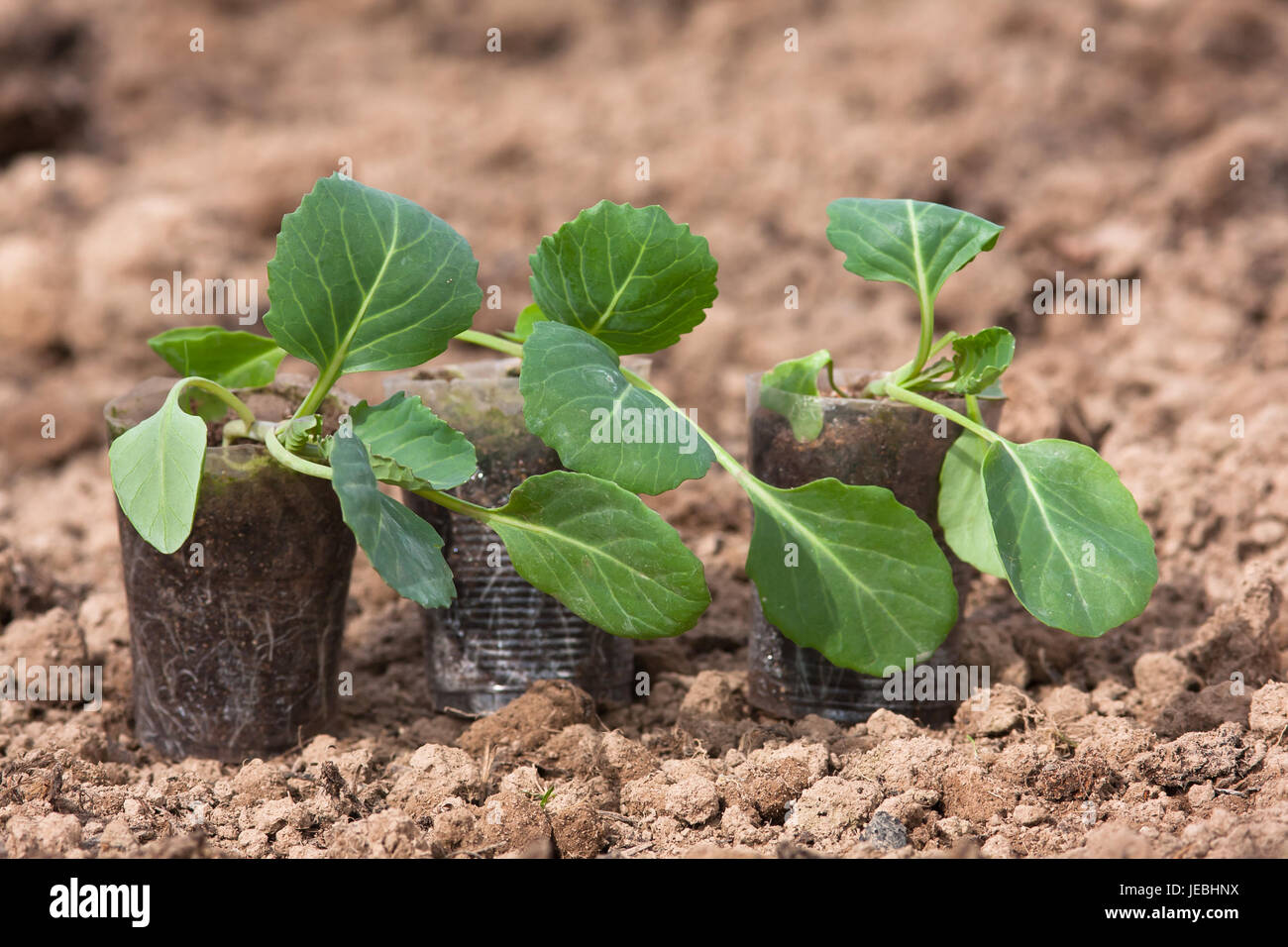
Within a few months, they will be sprouting afresh as shown on this toe of Cordyline Red Fountain.

Do not let them get too wet or they may rot. If you want plenty of plants, cut the biggest toes into sections but don’t go much smaller than about 3cm in length.Ħ) Pot the toes fairly close to the surface, either flat or on end (cut side up on the whole toes because that is the top) in seed raising mix (low nutrient potting mix).

We cut around 15cm off the bottom of the central root system of the plant.ĥ) If you wash the cut section, you are better able to see what you are doing. Try digging in from one side of the plant only if you plan to try this.Ĥ) Because the toes can be very tough, a sharp spade or saw may be needed to cut the lower section off. We have never tried taking the toes off a large, established plant while leaving it in the ground although you can presumably do it without killing the plant because Maori used to harvest the toes as kauru – a form of starch similar to root vegetables. The same steps apply if you are lifting a cordyline out of the garden. Truly a beautiful plant and one of the most spectacular from the amazing Juan Fernandez Islands, this large Dendroseris. Wash it off if necessary so you can see what is there. Container plants are best repotted annually if possible and will generally deteriorate badly if you leave them any longer than three years without repotting.ģ) Shake off the mix. This particular cordyline is an Australian species, stricta, but it shows similar structure below ground to our most common NZ cordyline which is confusingly named Cordyline australis.Ģ) Taking the toes off this cordyline will reduce the size of the root mass and allow me to replant it back to the same pot with fresh mix and fertiliser.

#CABBAGE TREE SEEDLING FULL#
Easily grown in fertile, moist, well-drained soils in full sun to light shade. I aim to transplant cabbage plants a couple of weeks before the last threat of frost, to take advantage of the colder temperatures and hopefully have less hassle from cabbage devouring pests.Will branch to produce several heads over time. Adds architectural height to the garden and grows with an upright habit up to 10-20 ft.Often seen as a specimen gracing a terrace or deck, it is also well-suited to both traditional and contemporary planting schemes. It produces impressive panicles of small, sweetly scented white flowers in late spring to early summer, on mature plants.

Adding drama year-round with its bold color and tropical look, this beautiful palm introduces substance to the garden. Showy and vigorous, Cordyline australis 'Red Star' (Cabbage Palm) is a palm-like, sub-tropical tree with arching, sword-like, dark burgundy leaves.


 0 kommentar(er)
0 kommentar(er)
